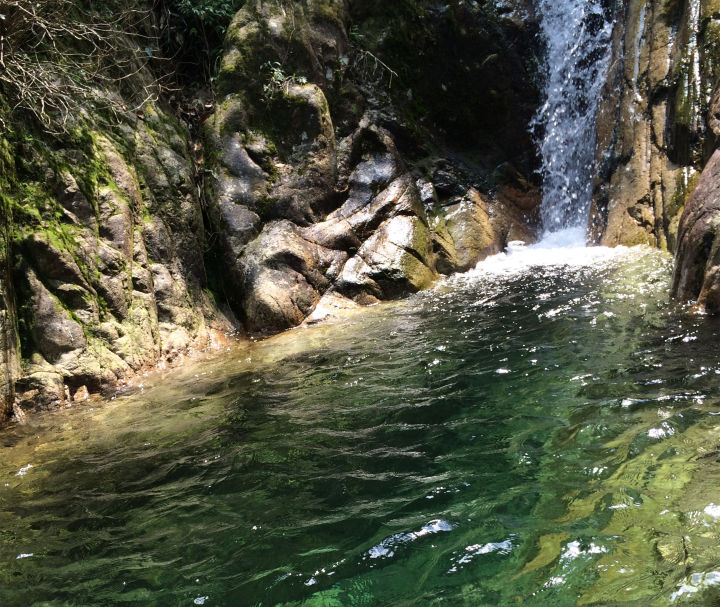Understanding of the use of water
If the water quality is not good, it will not reflect the color, aroma and taste of the tea, especially the taste and color of the tea liquor. As a health drink recognized by China, tea's drinking value is achieved through the brewing of water and tea, so the quality of the water directly affects the quality of the tea. It can be seen that the importance of water quality in brewing tea.


The ancients' understanding of the use of water: China's ancients are very particular about water use. In ancient tea books, there are many monographs on the relationship between tea and water.
First, the water should be sweet and clean.
Second, the water should be live and fresh.
The third is to storing water. It is best not to put it in a wooden barrel.
Modern people's understanding of the use of water: With the advancement of modern science and technology and the improvement of people's living standards, modern people pay more attention to the use of water. The scientific nature of water is especially important for people's health. Modern people's understanding of drinking water (including tea consumption) is constantly improving, and the current scientific and technical methods are used to analyze and evaluate water quality, and the drinking water quality standard is proposed.
In order to use tea, it is necessary to first select the water quality that meets the drinking water standard. In addition, it is also required to consider the coordination of water quality and tea quality. From the analysis of the water quality status of the current drinking city, the key indicators that are more important to the effect of brewing tea are the following five categories:
1. Sensory indicators. Can not have different colors; must not have odor.
2. Chemical indicators. The pH value is 6.5-8.5 and the total hardness is not higher than 25 degrees.
3. Toxicological indicators. Fluoride does not exceed 1 mg / liter, cyanide does not exceed 0.05 mg / liter, arsenic does not exceed 0.04 mg / liter, cadmium does not exceed 0.01 mg / liter, lead does not exceed 0.05 mg / liter and so on.
4. Microbiological indicators. The total number of bacteria should not exceed 100 in 1 ml of water, and the coliform bacteria should not exceed 3 in 1 liter of water.
5. Radioactive indicators. Total alpha radioactivity does not exceed 0.1 Becker / liter; total beta radioactivity does not exceed 1 Becker / liter.
If the water quality is not good, it will not reflect the color, aroma and taste of the tea, especially the taste and color of the tea liquor. As a health drink recognized by China, tea's drinking value is achieved through the brewing of water and tea, so the quality of the water directly affects the quality of the tea. It can be seen that the importance of water quality in brewing tea.


The ancients' understanding of the use of water: China's ancients are very particular about water use. In ancient tea books, there are many monographs on the relationship between tea and water.
First, the water should be sweet and clean.
Second, the water should be live and fresh.
The third is to storing water. It is best not to put it in a wooden barrel.
Modern people's understanding of the use of water: With the advancement of modern science and technology and the improvement of people's living standards, modern people pay more attention to the use of water. The scientific nature of water is especially important for people's health. Modern people's understanding of drinking water (including tea consumption) is constantly improving, and the current scientific and technical methods are used to analyze and evaluate water quality, and the drinking water quality standard is proposed.
In order to use tea, it is necessary to first select the water quality that meets the drinking water standard. In addition, it is also required to consider the coordination of water quality and tea quality. From the analysis of the water quality status of the current drinking city, the key indicators that are more important to the effect of brewing tea are the following five categories:
1. Sensory indicators. Can not have different colors; must not have odor.
2. Chemical indicators. The pH value is 6.5-8.5 and the total hardness is not higher than 25 degrees.
3. Toxicological indicators. Fluoride does not exceed 1 mg / liter, cyanide does not exceed 0.05 mg / liter, arsenic does not exceed 0.04 mg / liter, cadmium does not exceed 0.01 mg / liter, lead does not exceed 0.05 mg / liter and so on.
4. Microbiological indicators. The total number of bacteria should not exceed 100 in 1 ml of water, and the coliform bacteria should not exceed 3 in 1 liter of water.
5. Radioactive indicators. Total alpha radioactivity does not exceed 0.1 Becker / liter; total beta radioactivity does not exceed 1 Becker / liter.